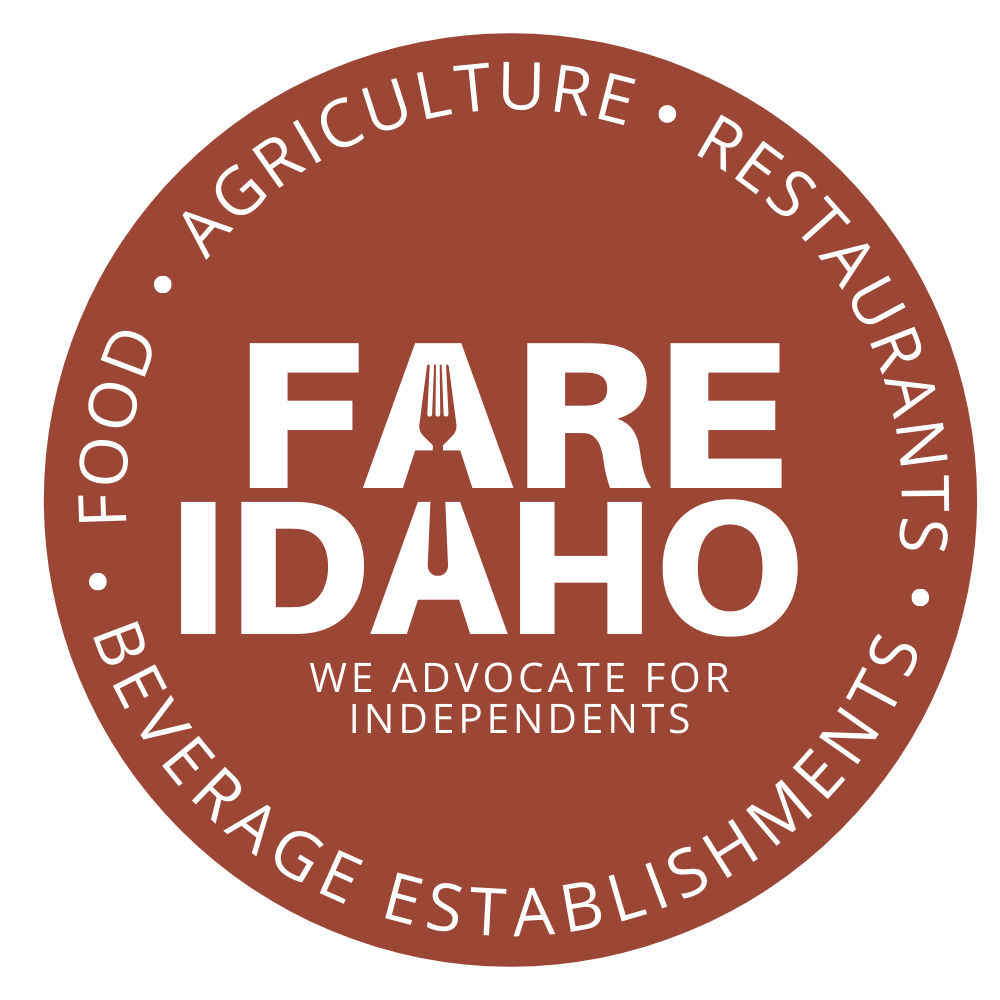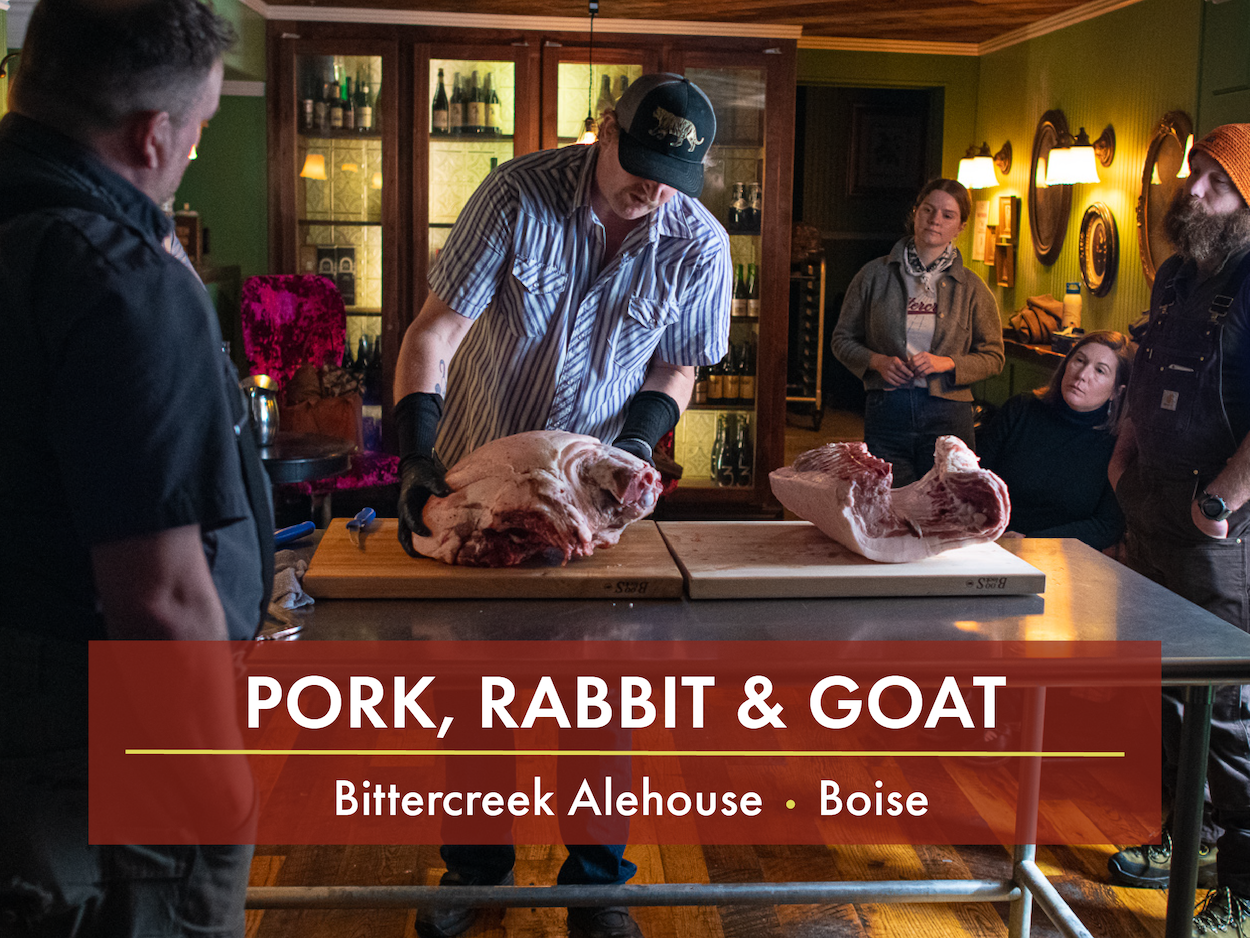LEARN THE ART OF BUTCHERY
The pandemic disrupted national and regional meat supply chains. These disruptions reduced or eliminated specialty and value-added products, deeply impacting livestock producer’s businesses and livelihood. Many local small and mid sized producers are still struggling to bring their animals to market. Responding to the pressure on local meat processing facilities in Idaho, FARE Idaho is hosting a series of in-person training demos and launching an accompanying video series. These videos will be a resource that can be referred to by chefs, aspiring butchers, ranchers, and livestock producers, and will be free for public use.
We are also exploring other processing solutions amongst our membership. Consider joining the food fight of our lives by becoming a member today!
We hope for increased consumption of Idaho independently produced and processed meat - including offals. This series will continue to focus on nose-to-tail; reducing meat waste and supporting, promoting, and increasing livestock producer’s profitability through relationship building, marketing, and direct sales to chefs, meat markets, and restaurants.
We believe this project will continue to build a network of interested producers, processors, and consumers; and create the necessary resource bank to build communities within and between Idaho livestock producers and their supporters.
Looking for a local meat processor or butcher? The University of Idaho Extension has put together a list of of Idaho meat processors.
Email Colette DePhelps at cdephelps@uidaho.edu with any questions or if you would like to be added to the list.
LEARN THE ART OF BUTCHERY RESOURCES
Click below for free butchering resources, including instructional butchering videos, photo galleries, and features on the farmers and ranchers that provided the meat for each of our demos.
Funding for Nose to Tail--A Multispecies Whole Carcass and Sub-primal Processing and Promotional Training Program was made possible by the U.S. Department of Agriculture’s (USDA) Agricultural Marketing Service through grant LFPP21000930. Its contents are solely the responsibility of the authors and do not necessarily represent the official views of the USDA.




